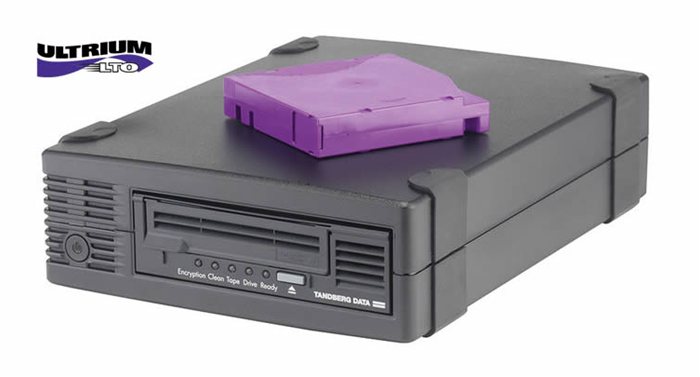 WhiteSites Blog
WhiteSites Blog

As I recently made some upgrades to my computer, I have started to realize that I might need a enterprise grade backup solution. This doesn't mean shuttling the 4TB of data to the cloud. This means something other than my Raid 5 hard disk array. This has lead me to consider Tape as a cost effective backup solution. In this article I explore the various options for Tape backup and their associated costs.
Tape Backup is a Linear Access storage medium that has a very good shelf life ( 30+ years on average ). Once you get past the initial cost of the Tape Drive, the Tapes are the most cost effective ( more GB storage per Dollar ) data storage solution. Tape has gone through various proprietary formats, but today the dominate industry standard is LTO ( Linear Tape Open ). There are still other Tape formats on the market but they serve mostly to support Legacy hardware already in place, or are not open standards meaning their cost is much higher than LTO.
LTO was developed in the late 1990's as a open standard serving as a alternative to the costly proprietary formats. LTO is ran by the LTO Consortium which was started by Hewlett-Packard, IBM and Seagate. The LTO Consortium manage the standard and decide future features and specs of the format.
LTO has had several generations with each new generation typically doubling the capacity and speed of the previous generation.
| Generation | Capacity | Released | LTFS | Drive Cost Via Ebay | Tape Cost | GB/$ |
| LTO1 | 100GB | 2000 | No | $50 | $15 | 6.6 |
| LTO2 | 200GB | 2003 | No | $100 | $30 | 6.6 |
| LTO3 | 400GB | 2005 | No | $250 | $30 | 13.3 |
| LTO4 | 800GB | 2007 | No | $500 | $30 | 26.6 |
| LTO5 | 1.5TB | 2010 | Yes | $1000 | $35 | 50.0 |
| LTO6 | 2.5TB | 2012 | Yes | $2000 | $70 | 35.7 |
| LTO7 | 6.4TB | TBA | Planned | NA | NA | NA |
| LTO8 | 12.8TB | TBA | Planned | NA | NA | NA |
The biggest negatives of LTO are Linear Access which means if you want to pull a file off your drive, it could take your drive several minutes for the drive to physically find and pull the file. Hard Drives on the other hand are Random Access Devices, which means they could find the same file in 10 ms. Still Capacity per Price ratios are another metric we should focus on. So next I will compare the Capacity per price Rations of LTO vs Hard drives. For this example we will use LTO 5 which has the highest value.
| Storage Medium | Capacity | Cost | GB/$ |
| 4TB WD Green Drive | 4TB | $175 | 22.8 |
| 3TB WD Green Drive | 3TB | $120 | 25.0 |
| 2TB WD Green Drive | 2TB | $90 | 22.2 |
| LTO4 | 800GB | $30 | 26.6 |
| LTO5 | 1.5TB | $35 | 50.0 |
| LTO6 | 2.5TB | $70 | 35.7 |
Keep in mind I am ignoring the intial cost of the Tape Drive to read the LTO Tapes.
Another issue with LTO drives is they don't use SATA ports. Older ones use SCSI, newer ones typically use Mini SAS connectors. This means if you want to integrate an LTO drive into your computer you will likely need to get a SAS controller card. These typically start at about $150.
If you want to use your LTO tapes similar to the way you might use a removable flash drive you will need to get an LTO5 or newer drive. LTO 5 and newer support the LTFS file system. Kind of like NTFS for hard disks except its configured for tapes. If you buy an LTO4 drive you will need special software to manage your tapes and data.
I would like to. Mainly to store a backup of all my photos, vidoes, and personal files. Then I would keep the tapes in a different location ( bank safety deposite box ). The initial Drive price is the only thing holding me back. If I could get an LTO5 drive for $500 I would just on it. I just can't validate spending $1000 on a drive. Of course once LTO7 comes out prices are likely to drop.